“Derry is the only remaining completely intact walled city in Ireland and one of the finest examples of a walled city in Europe. The Walls constitute the largest monument in State care in Northern Ireland and, as it was the last walled city to be built in Europe, stands as the most complete and spectacular.
The Walls were built in the 17th century as defences for settlers from England & Scotland. The Walls are intact and form a walkway around the inner city. They provide a unique promenade to view the layout of the original town which still preserves its Renaissance style street plan. There are four original gates to the Walled City to which three further gates were added later. Historic buildings within the walls include the Gothic cathedral of St Columb, the Apprentice Boys Memorial Hall and the courthouse.
It is one of the few cities in Europe that never saw its fortifications breached, withstanding several sieges including one in 1689 which lasted 105 days, hence the city’s nickname, The Maiden City.”
After breakfast we parked in town and went to look at the wall and museum. We soon struck two local representatives of Irish hospitality. As we looked at our street map an elderly gentleman stopped and cheerily pointed us in the right direction. Not much further on as we discussed various landmarks another gentleman introduced himself and offered to escort us to the very spot! This was Pat and we had a nice chat as we walked along and met one of his friends coming the other way and had a chat with him as well.
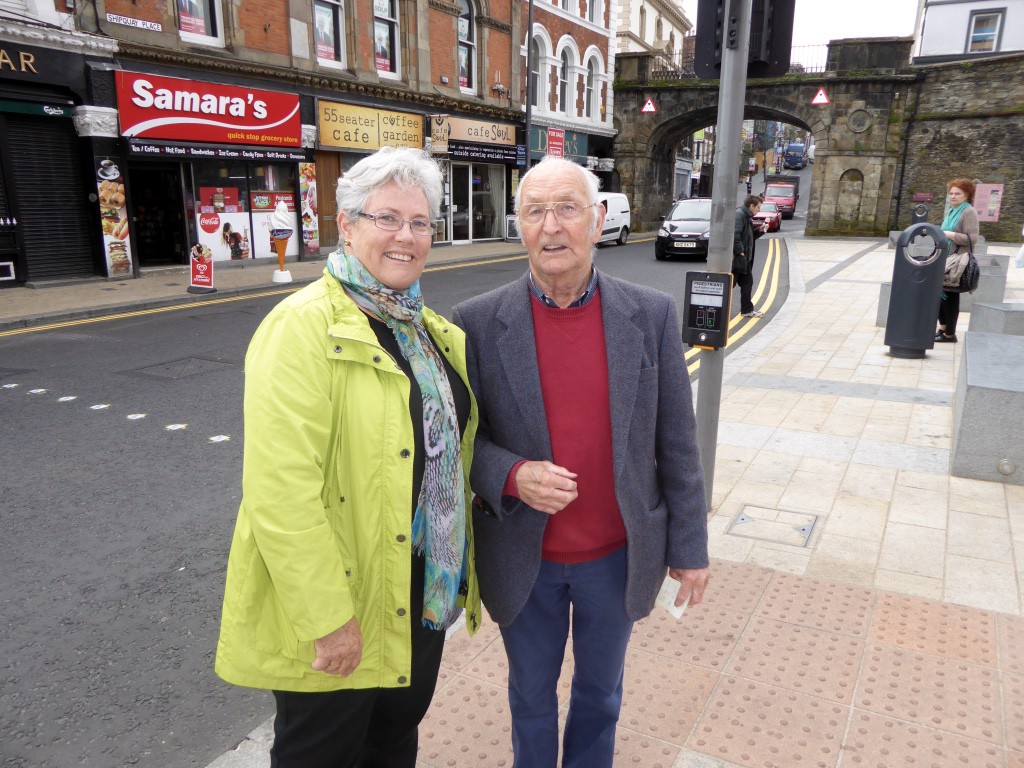
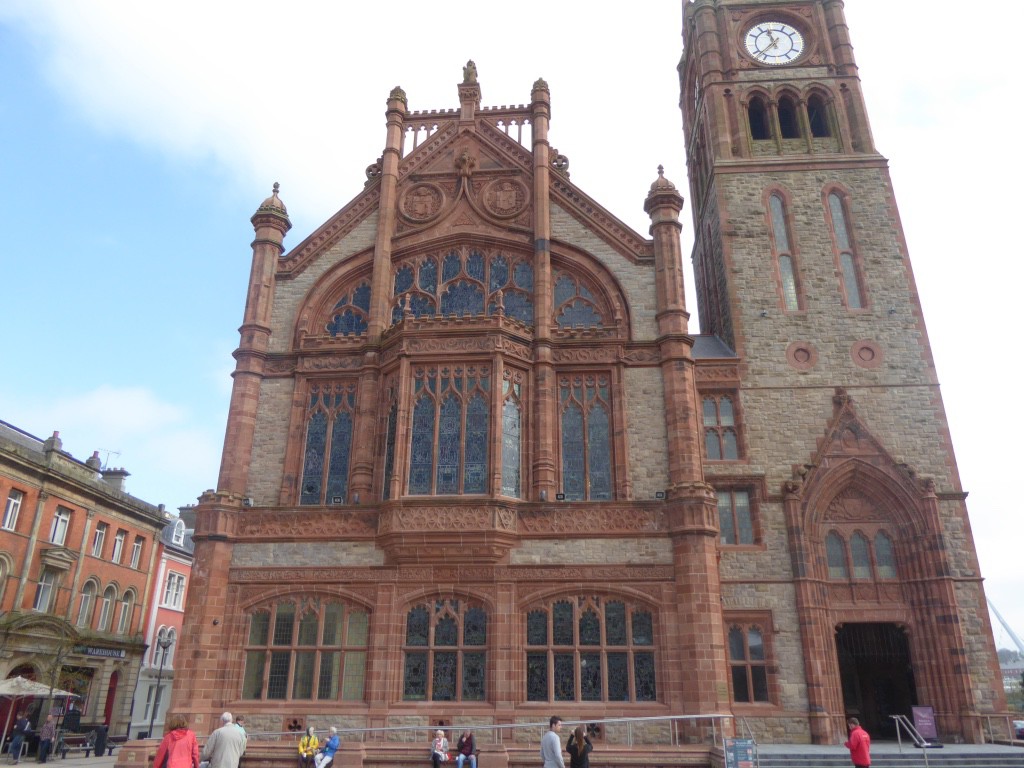
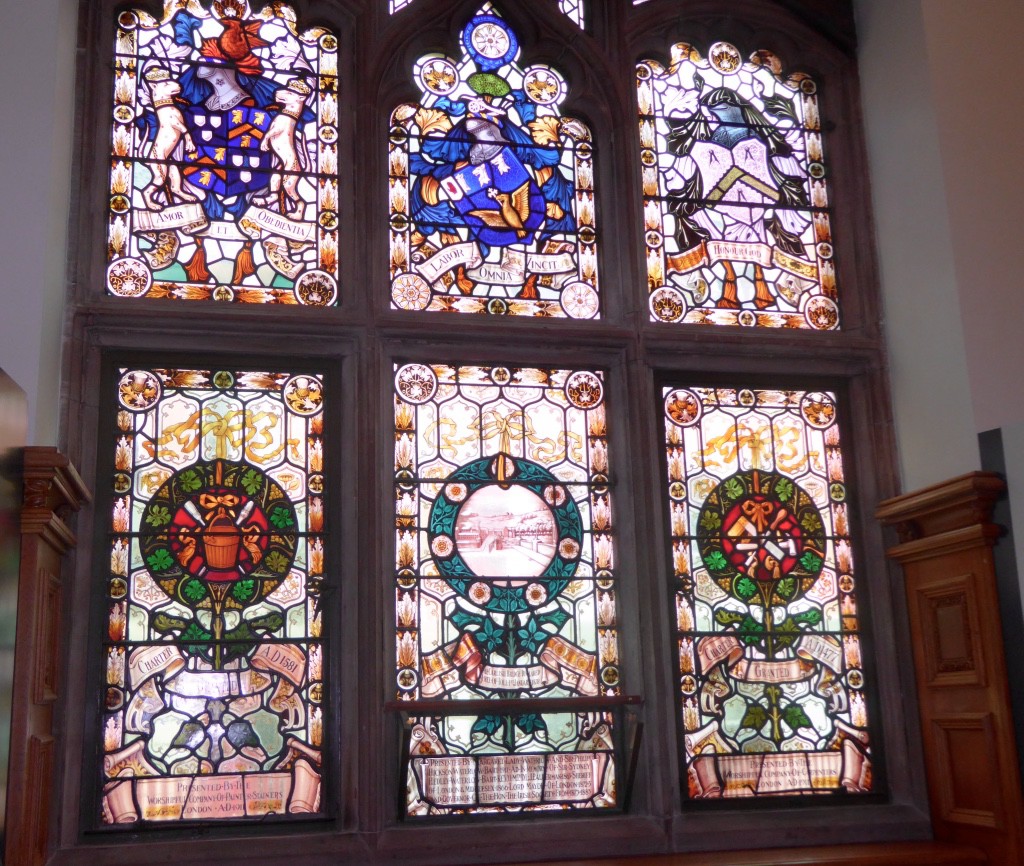
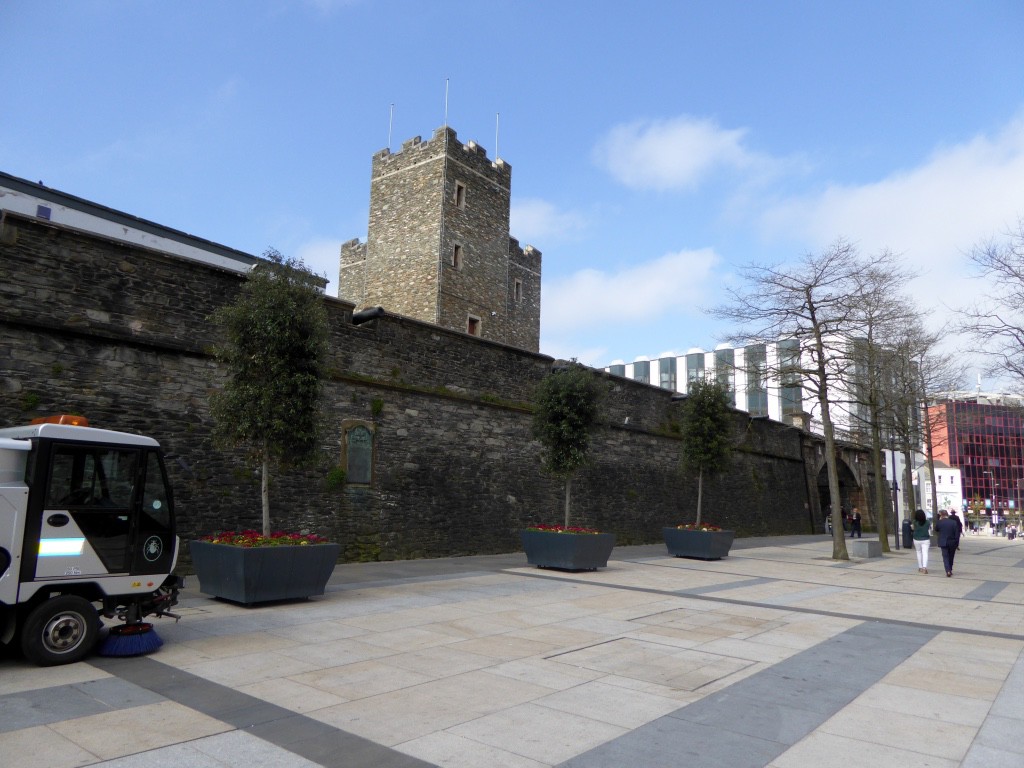
We had a look at the Memorial Hall and then the museum, which is partly within the old fortifications. This had a very interesting display of the story of Ireland from prehistoric times and, in the old tower, the remnants of a ship of the Spanish Armada which had been wrecked on the north coast not far from our ferry crossing of yesterday. There were many interesting arms and personal items recovered from the wreck site. It had been a Spanish merchant ship, which was conscripted into carrying armaments for the Armada and was among the half of the original 130 ships which failed to make it back to Spain. Most of those were wrecked on the west coasts of Scotland and Ireland.
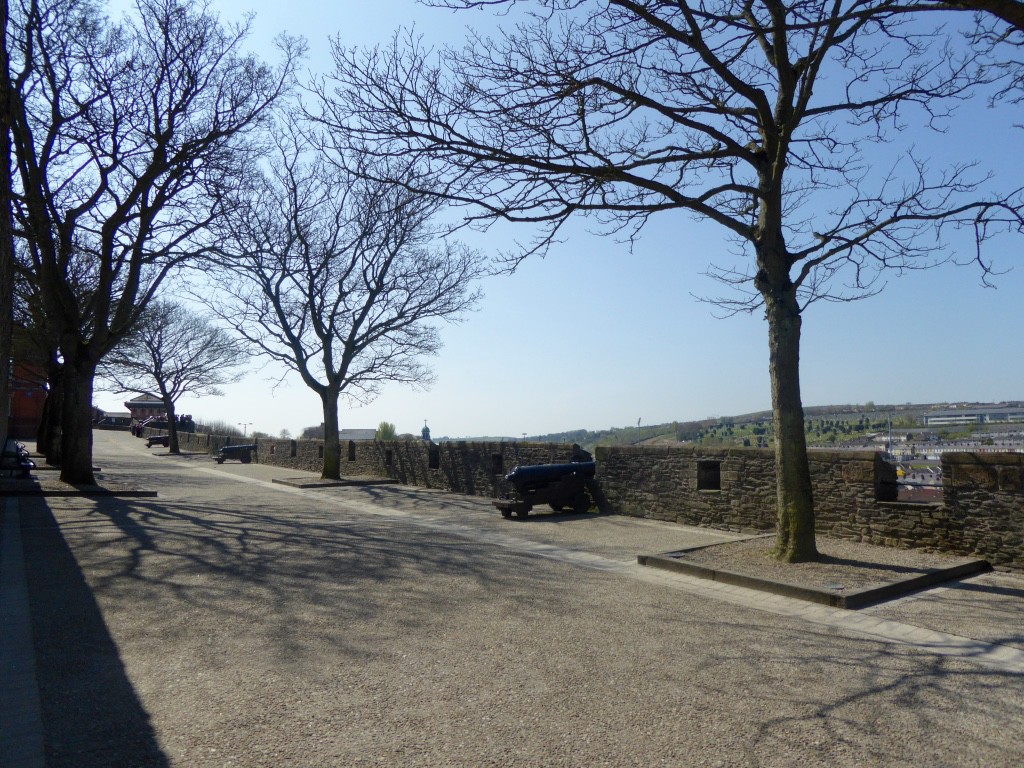
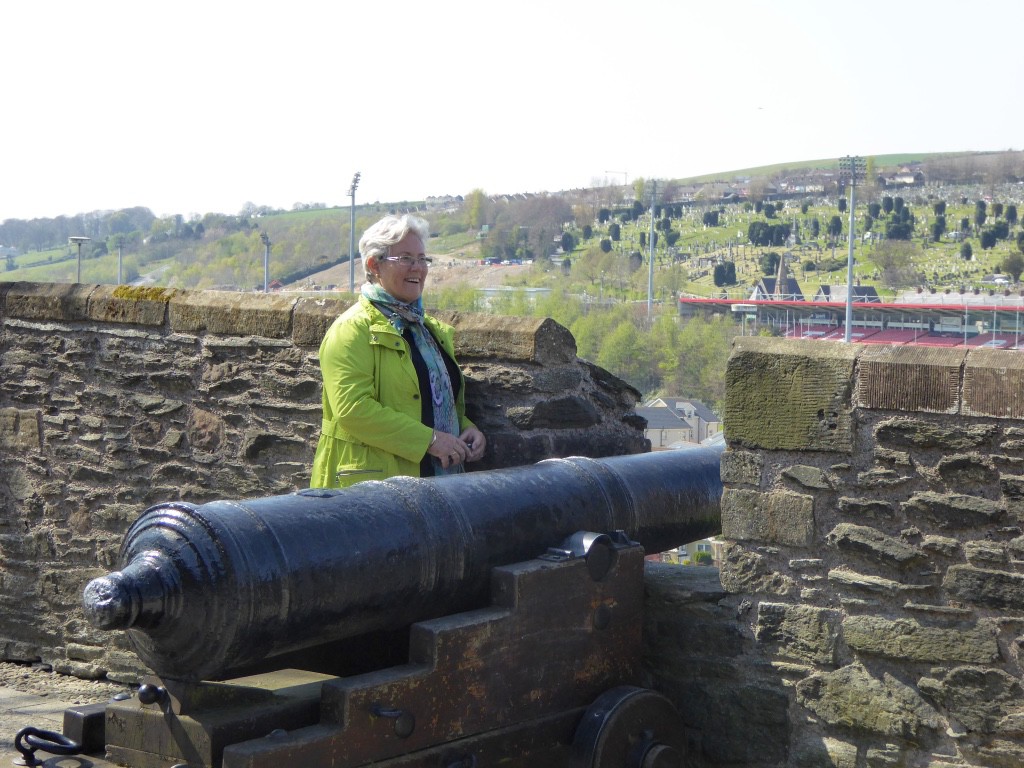
We then motored down to the Harvey Point Hotel near Donegal where Lyndal had managed to pre-book a suite at half price. The photos tell the story, and indeed it was quite comfy to say the least.
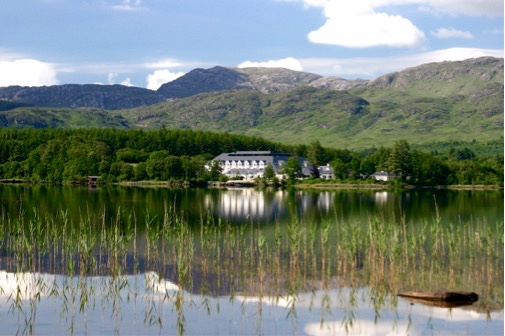
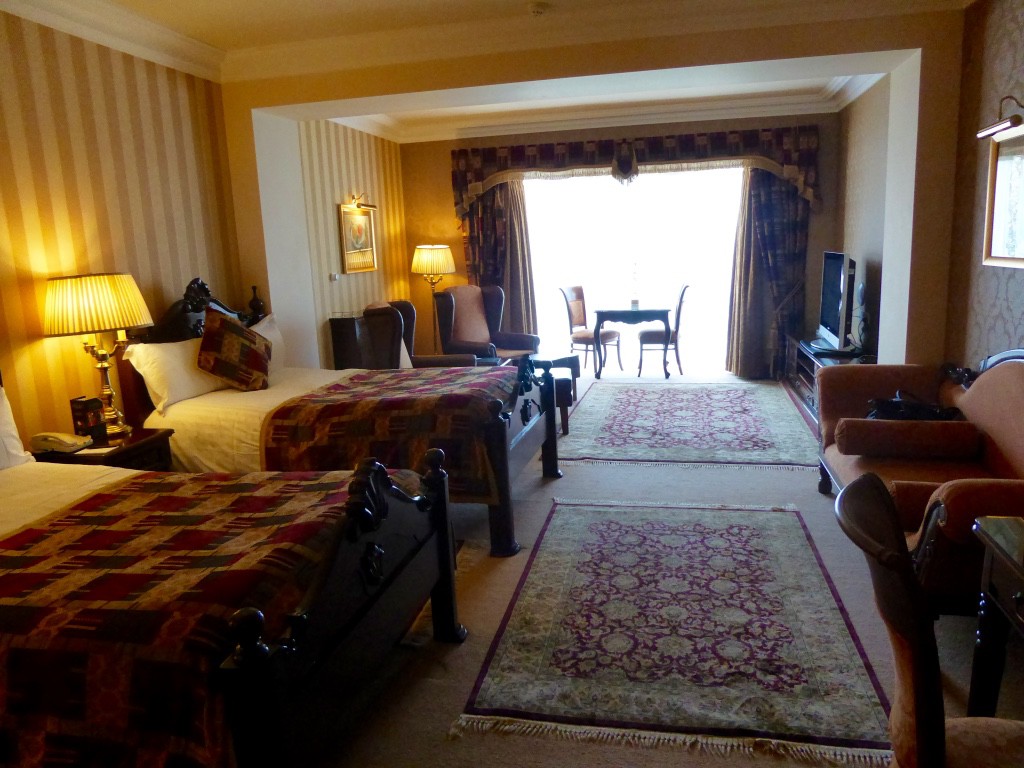
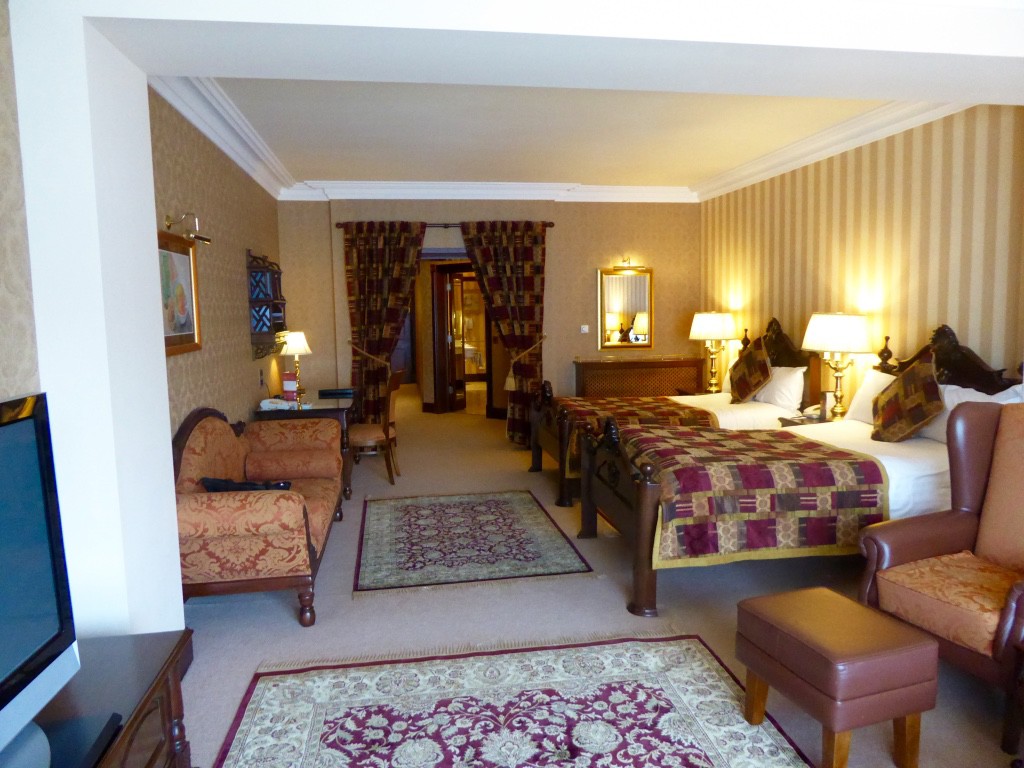
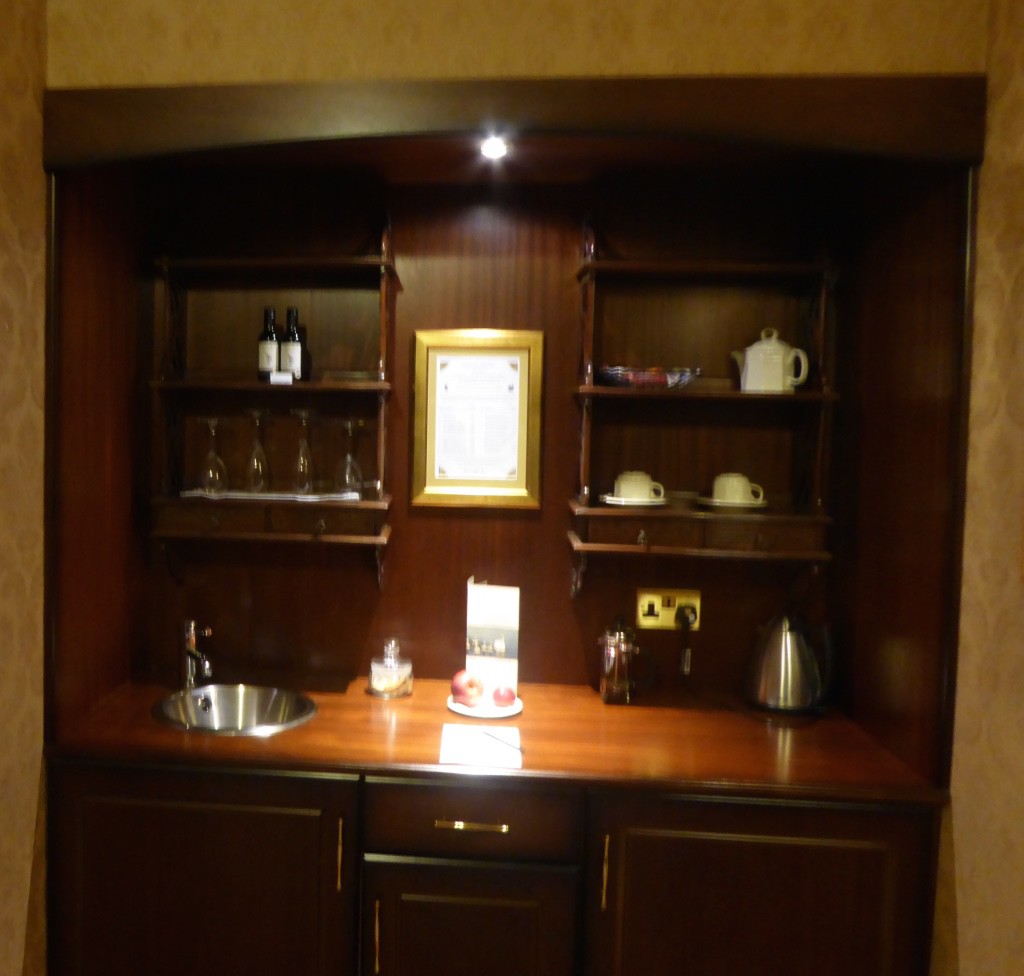
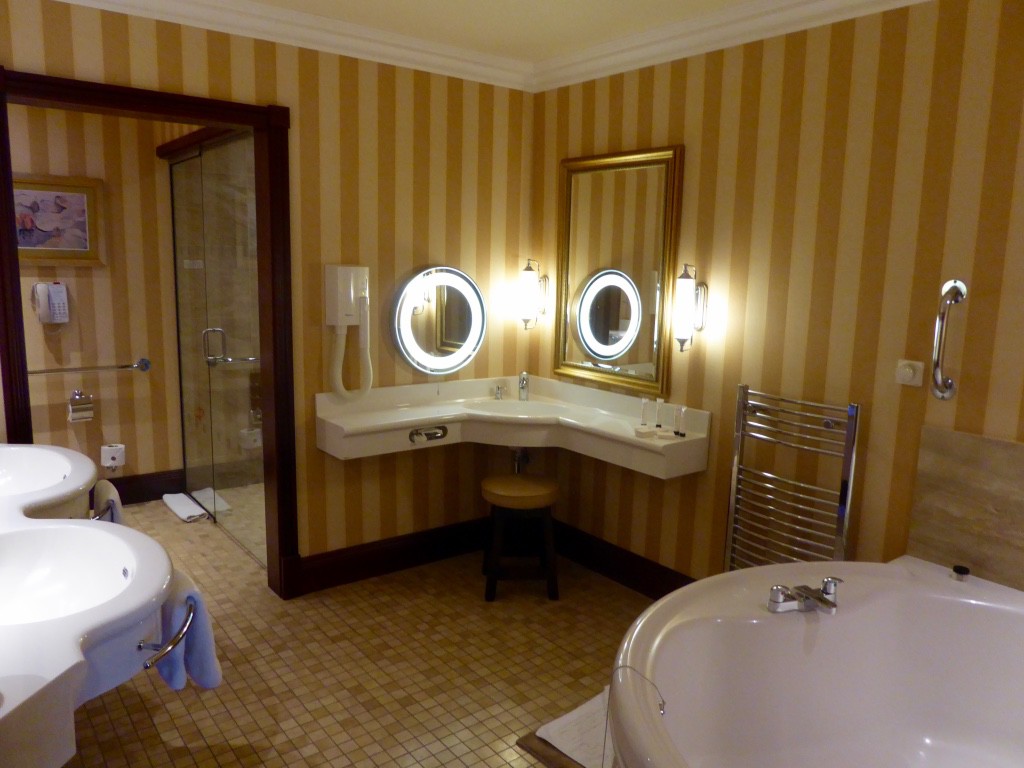
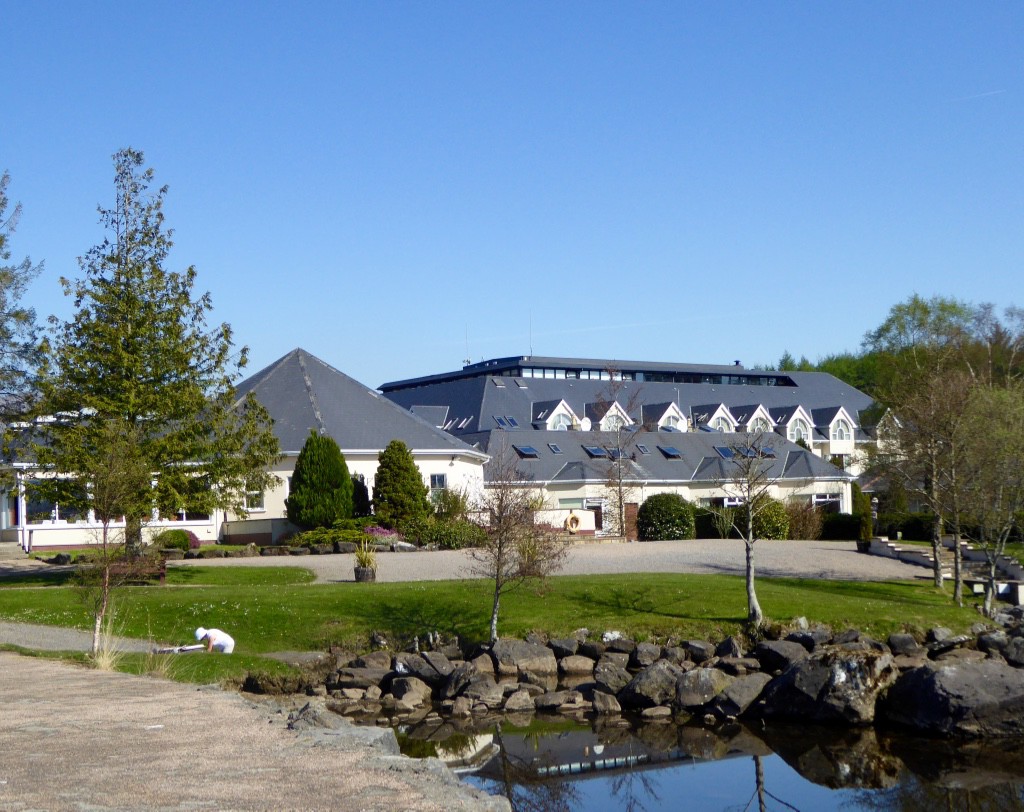
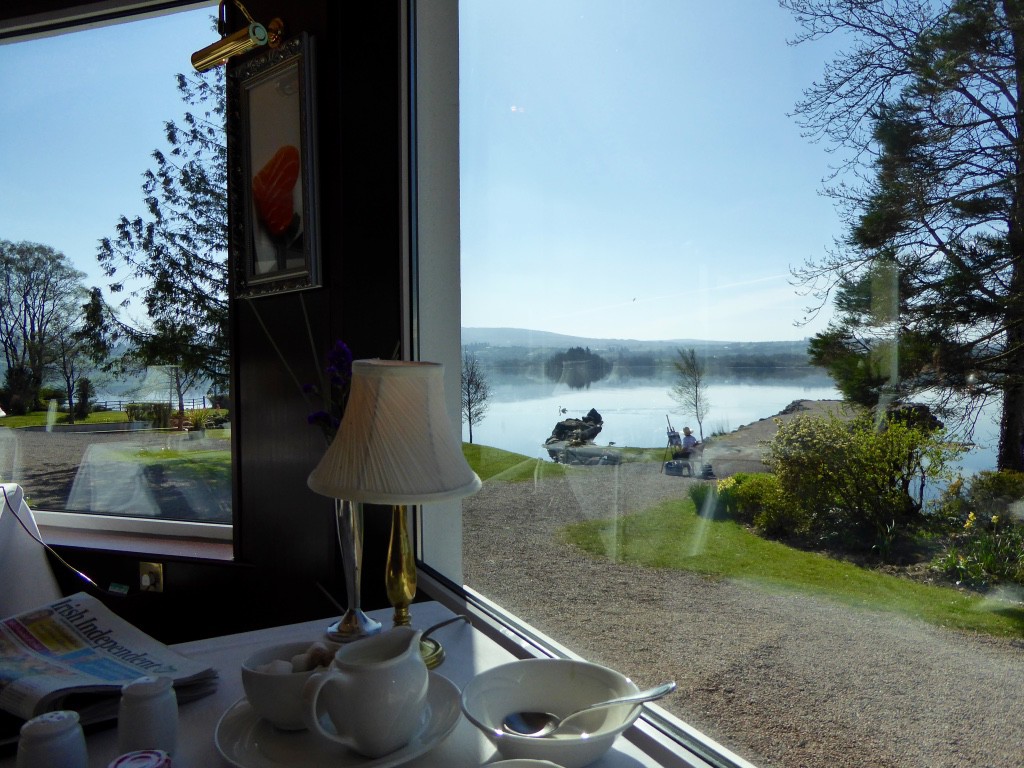
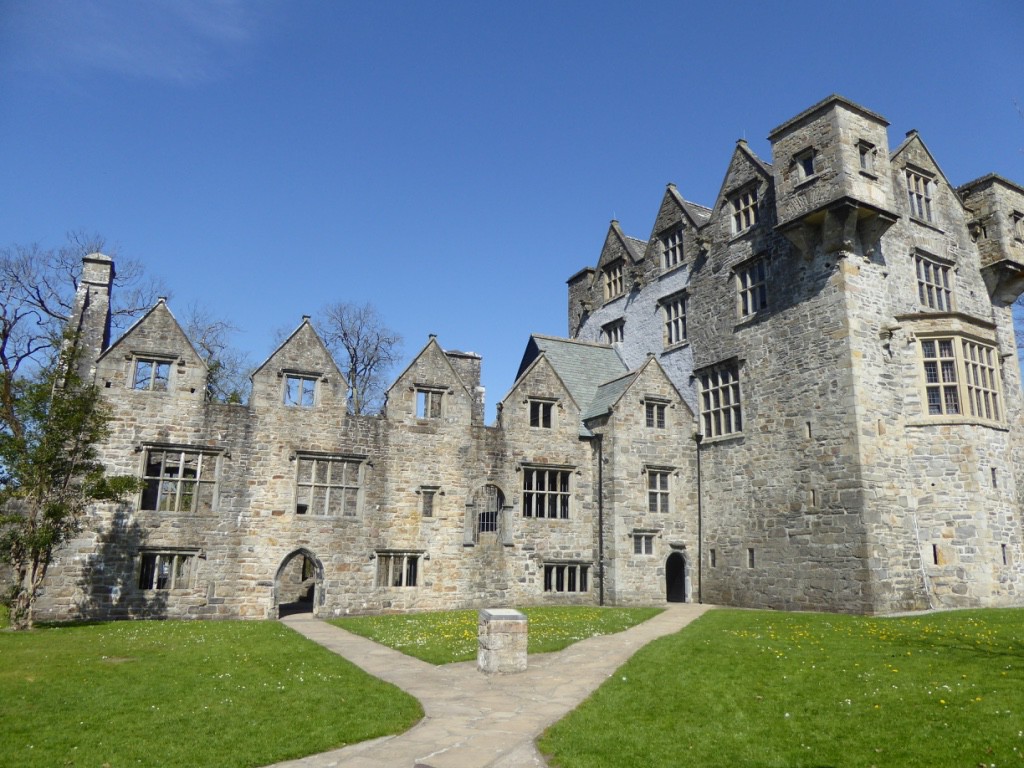
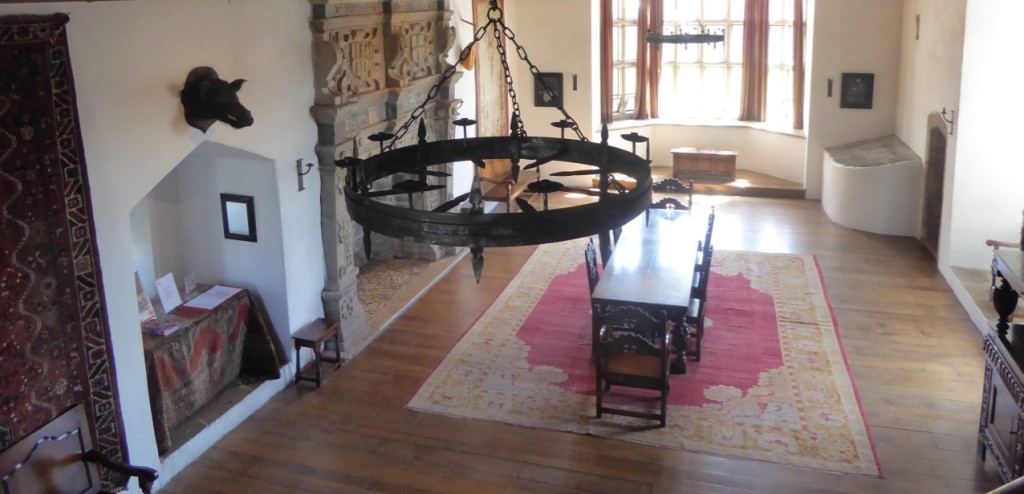
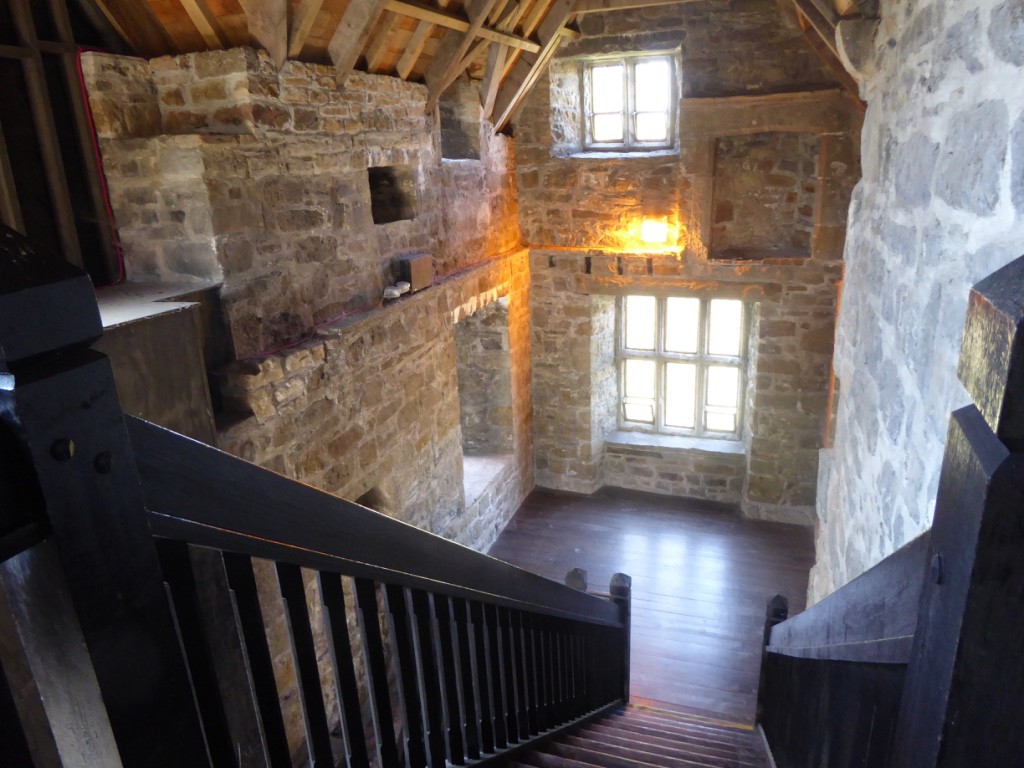
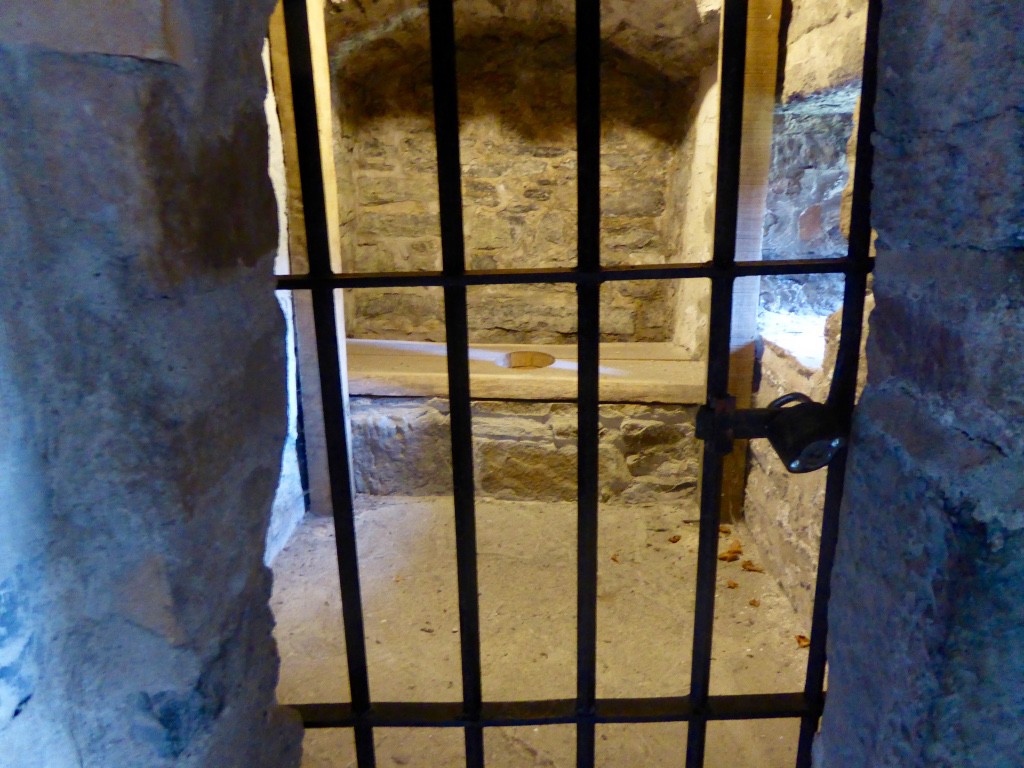
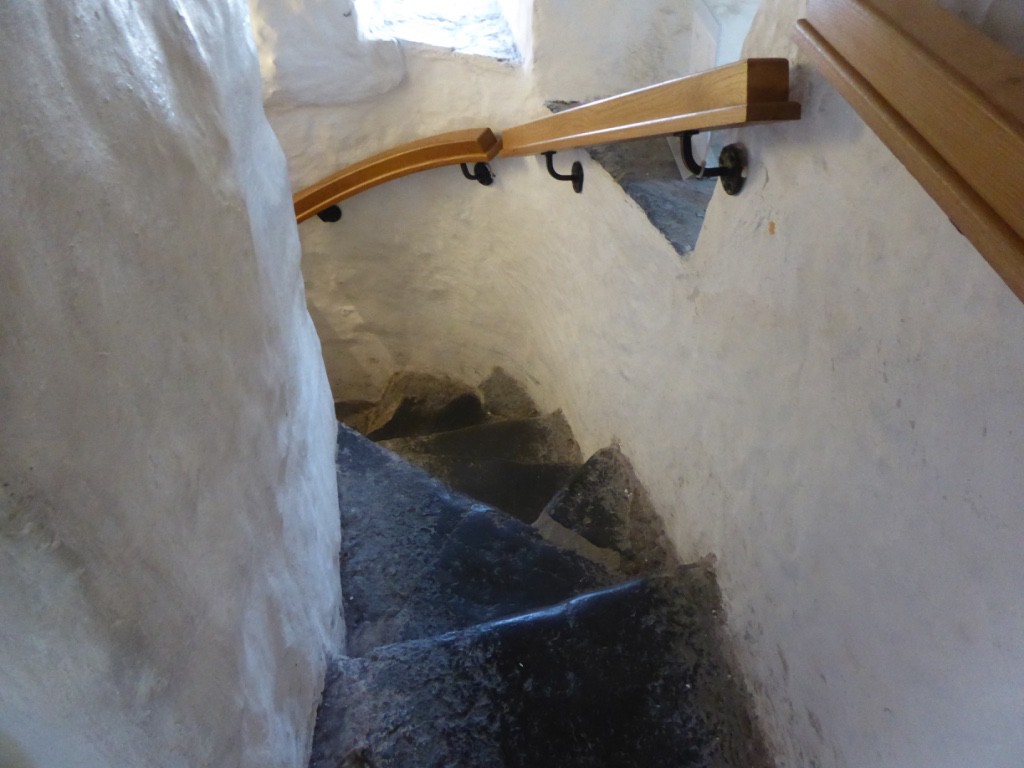
“Big Breakfast” was still weighing on us so we drove on along the coast in pursuit of a view. Well, like an ever receding mirage the grand view eluded us as were led on by promises listed on maps and roadside signs. We finished up on the wild and barren extremity of south west Donegal County, totally tree-less and populated only by peat cutters and (maybe) smugglers/wreckers!
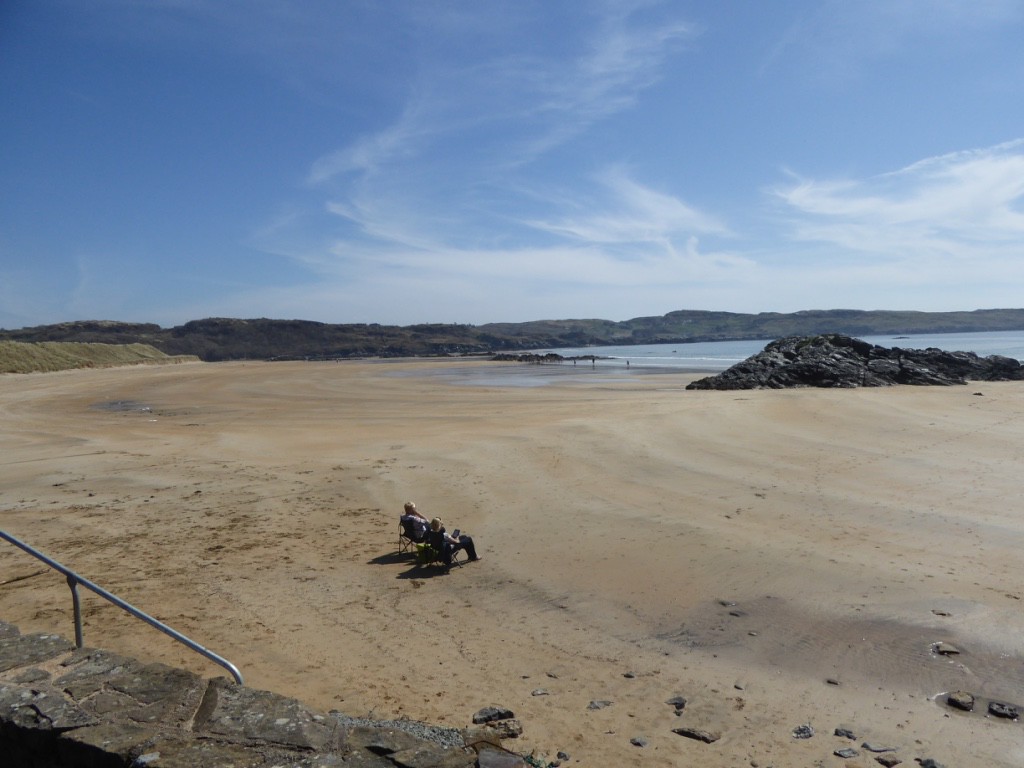
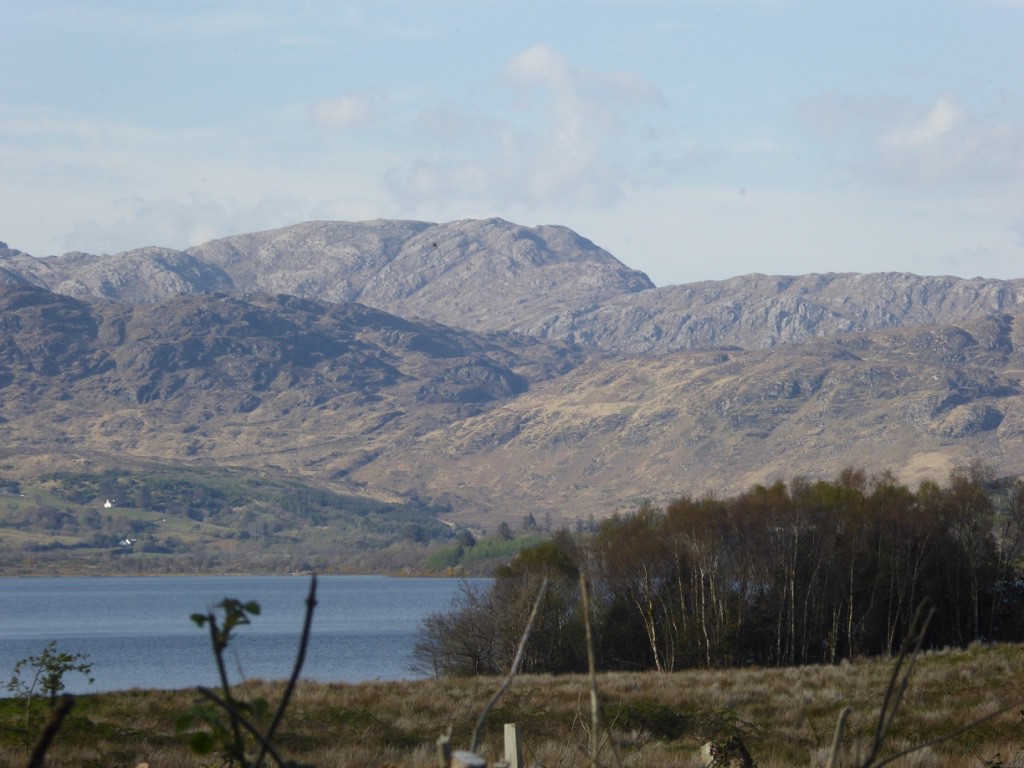
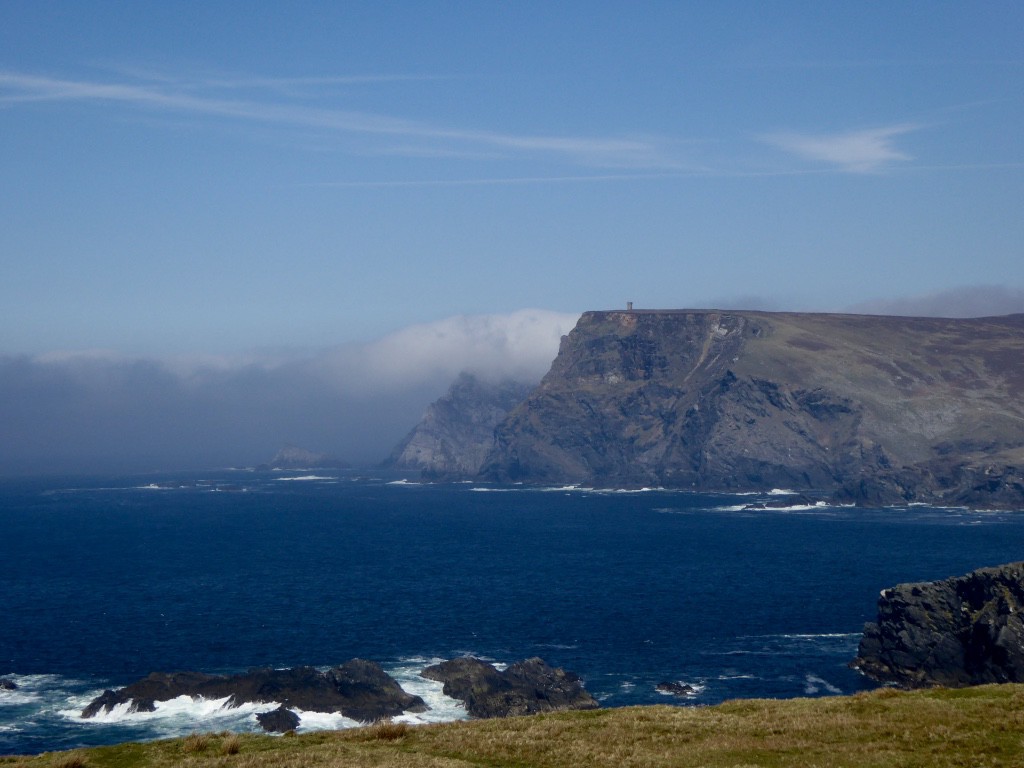
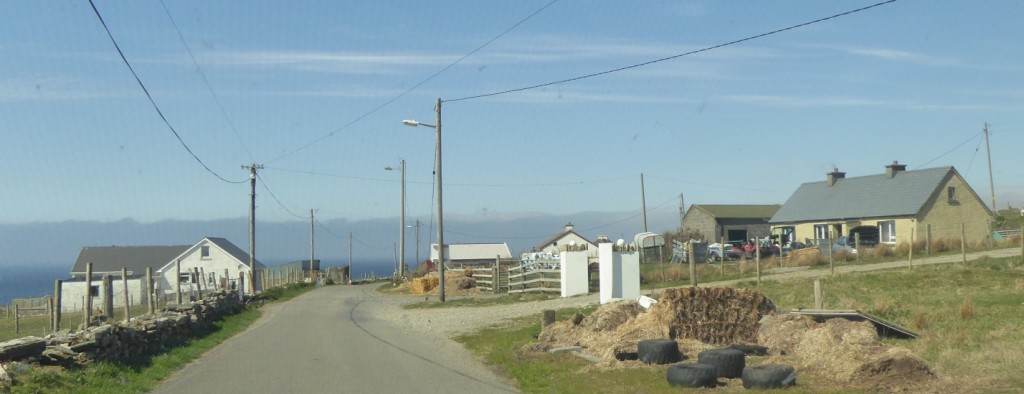
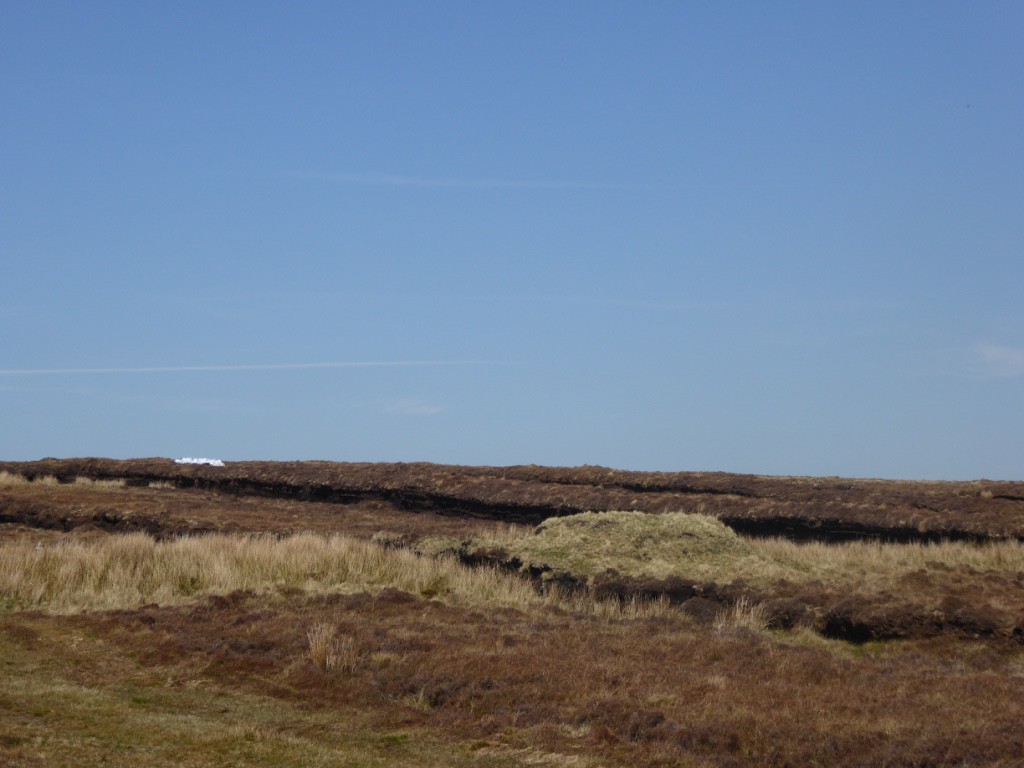
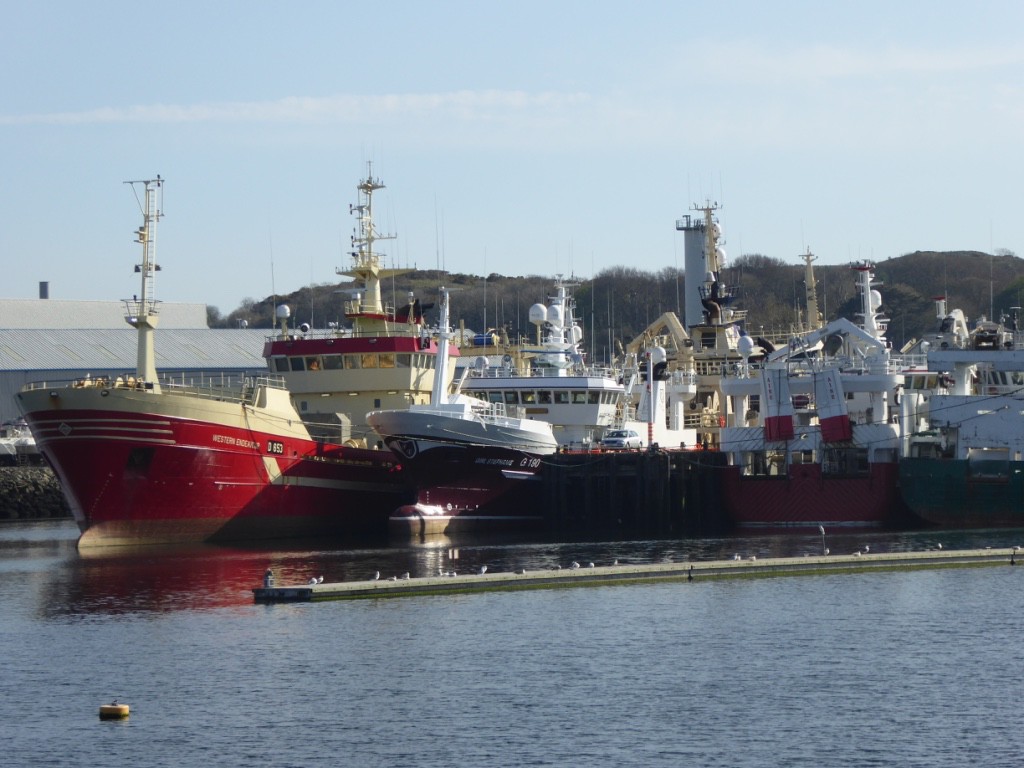
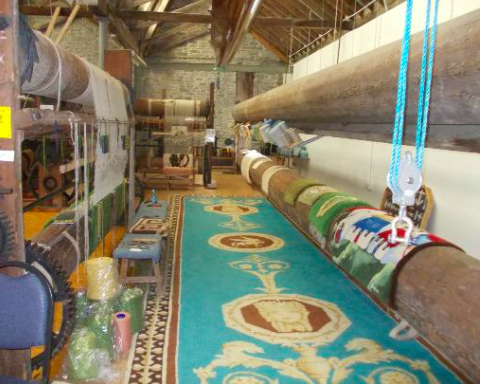
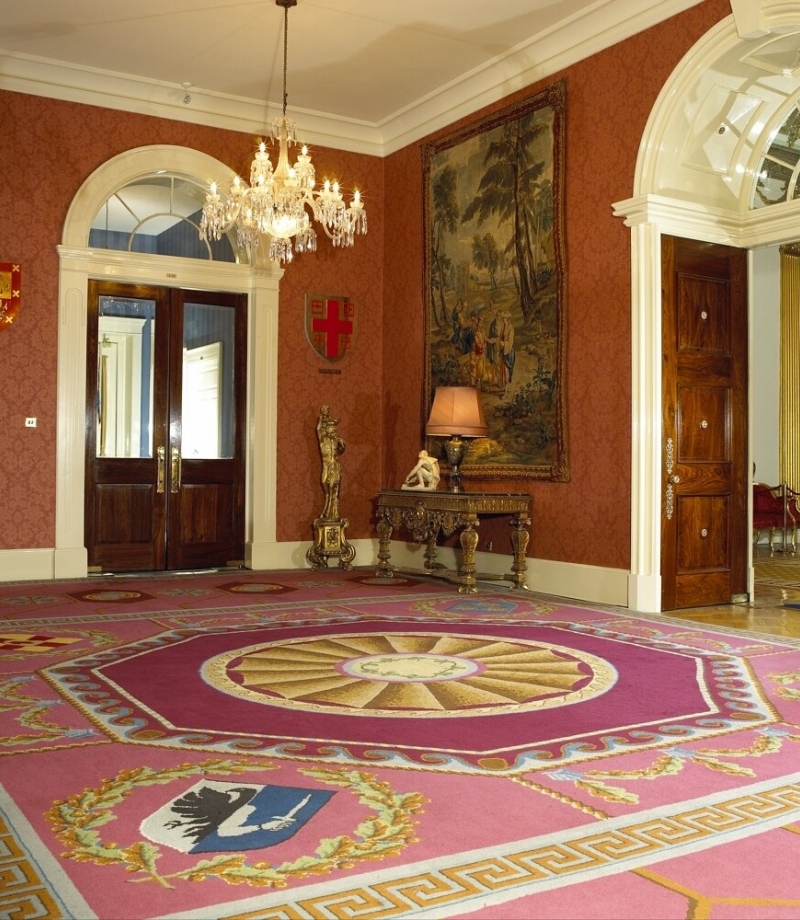
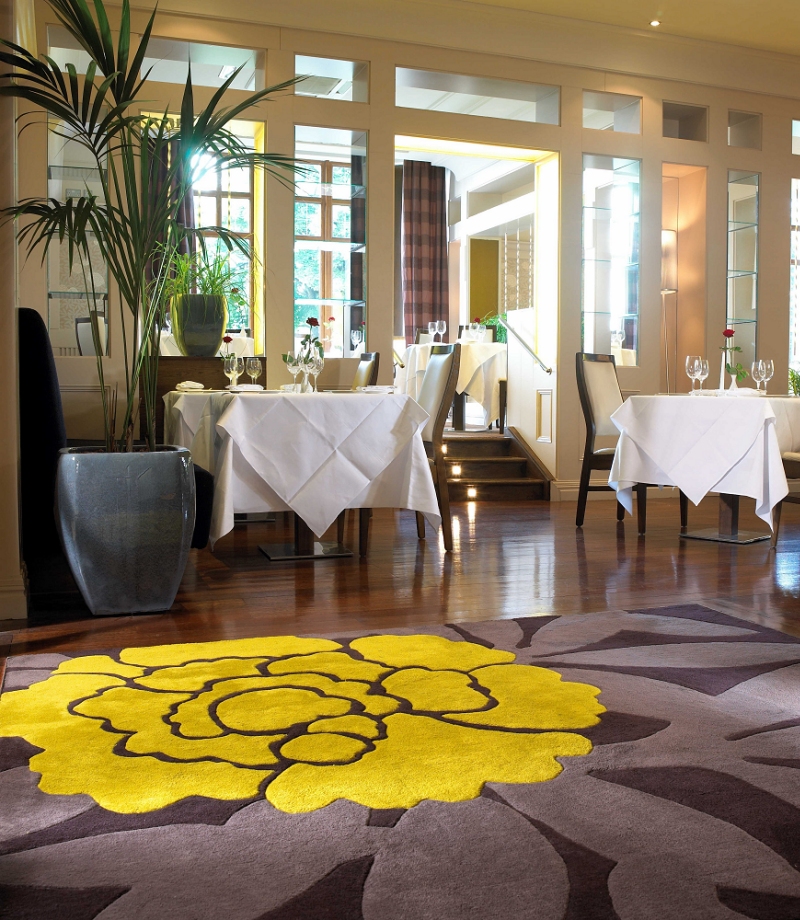
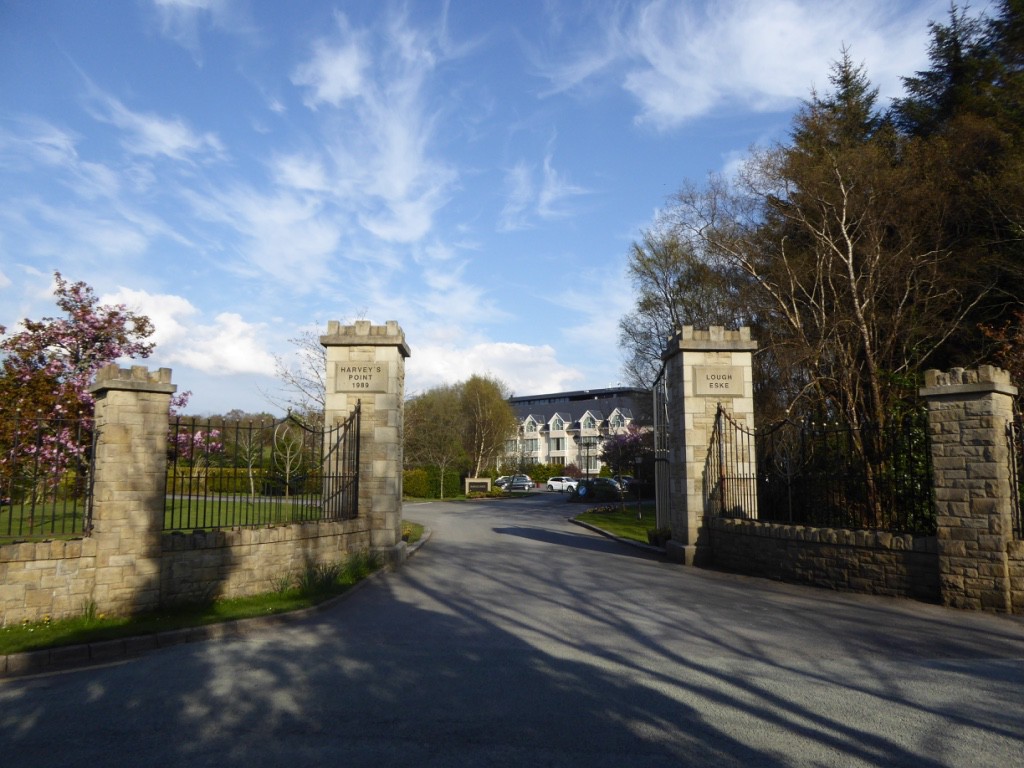
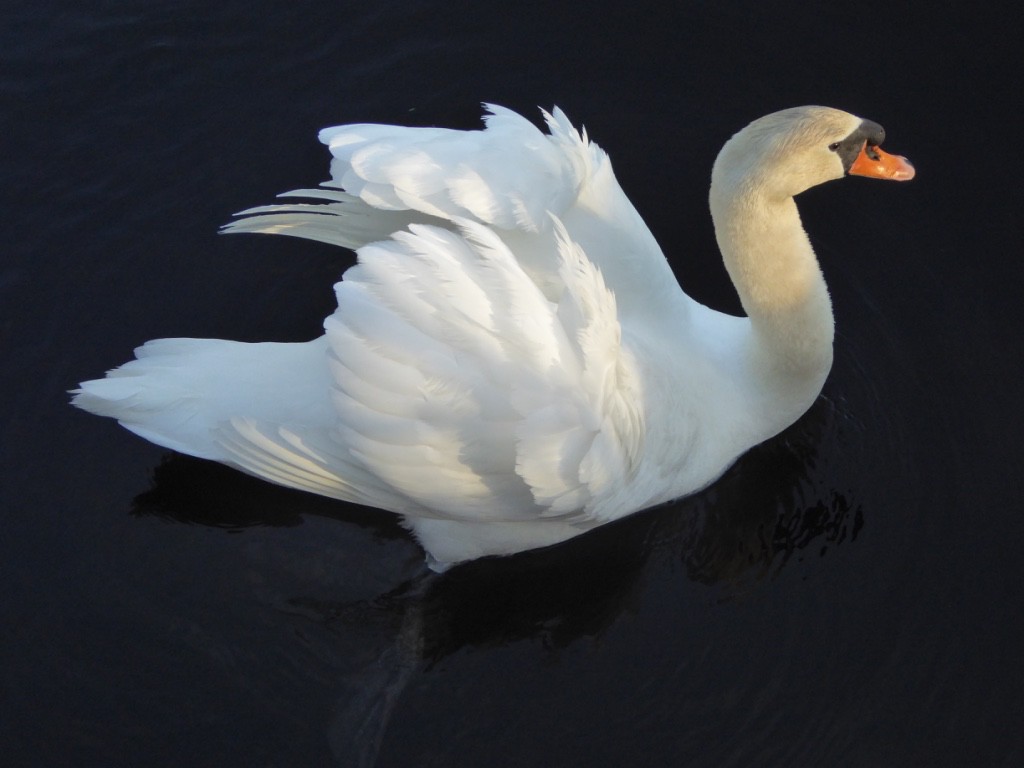
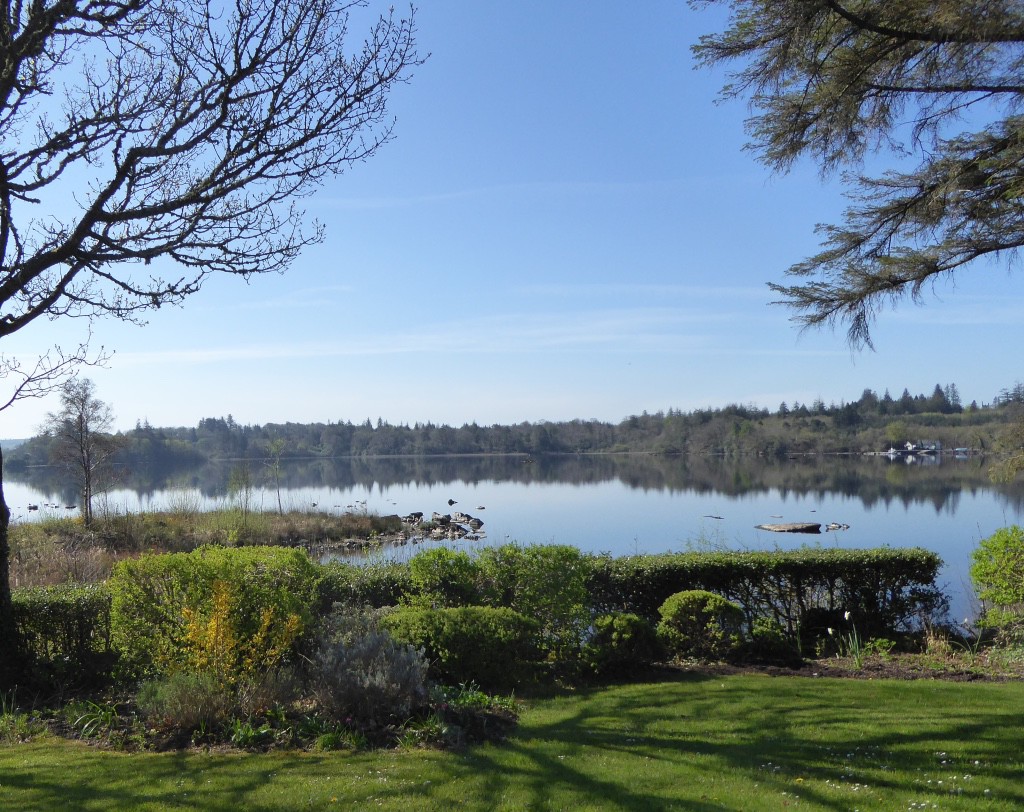
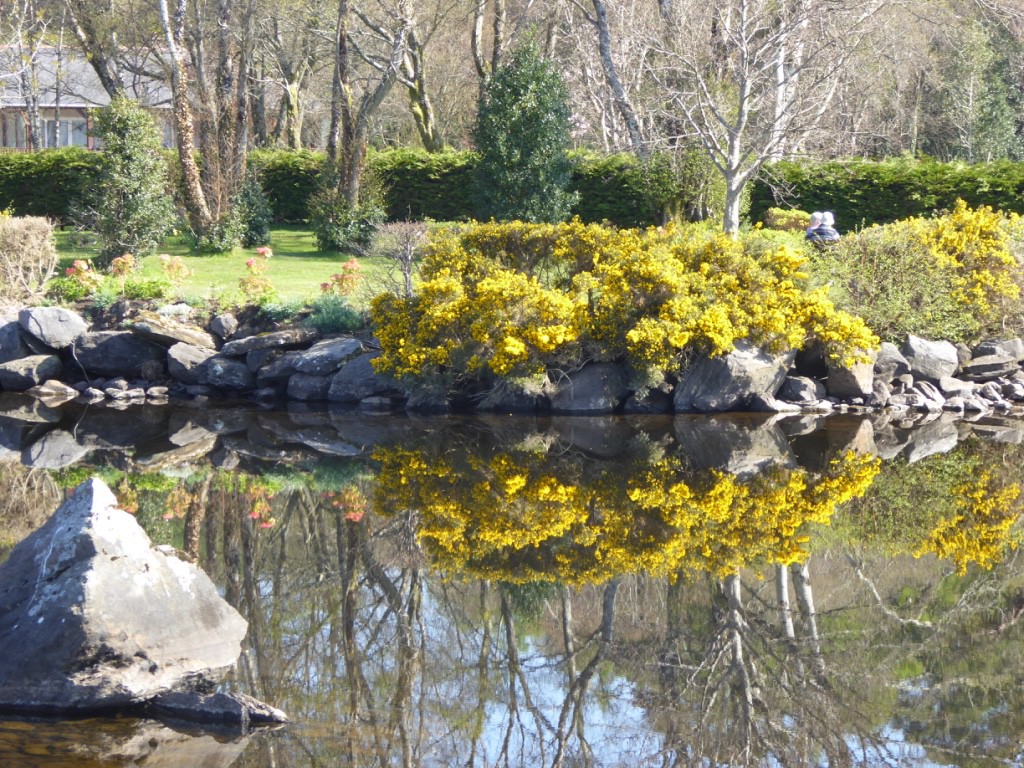
Next day on to Ennis in County Clare and “The Quest” for Lyndal’s rellys.